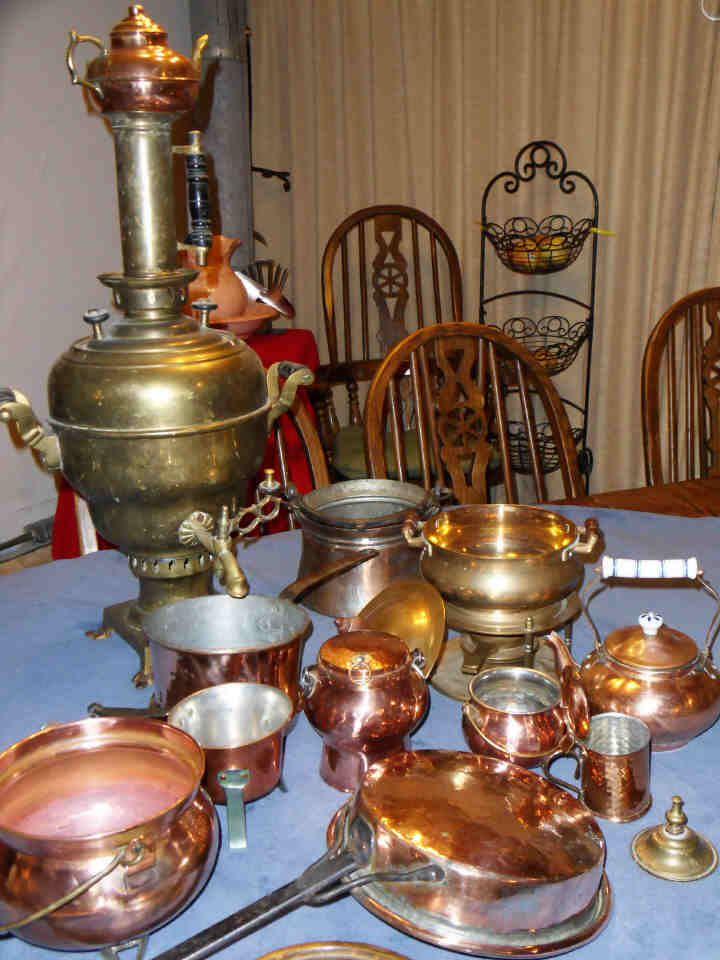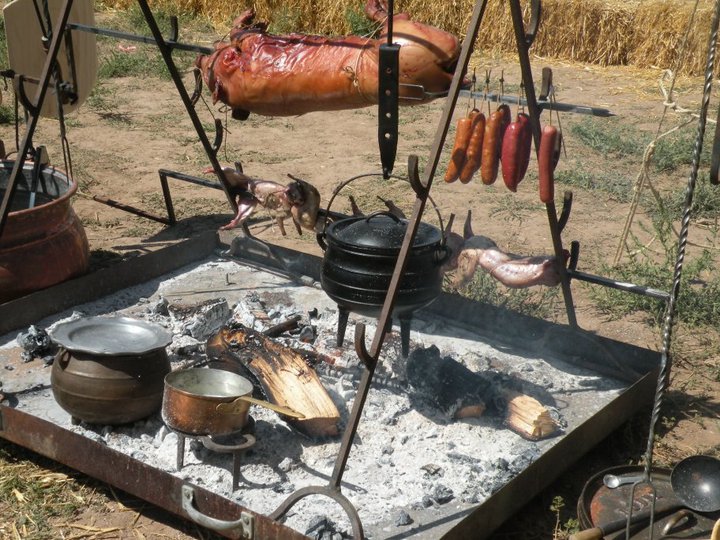IF anyone can dig up a list of foods that are safe to cook in untinned copper I would love to see it.
Apple butter
must be cooked in a copper kettle to get the proper flavor and color.
Beer, ale, and cider are all cooked in copper kettles if you want to ferment them.
ALL fruit brandies start out as fermented fruit juice, acidic, and are then distilled in copper, pot-stills, as other methods remove the fruit flavoring.
Originally, when citrus juice was first tried out by the British Royal Navy as a scurvy remedy..., it was due to medical papers, one of which was from the East India Company. Using citrus appeared to work.
The Royal Navy then tried to concentrate the juice of citrus fruits by boiling to save space and preserve the juice for long voyages, and the boiling was done in copper, brewing kettles..., which they did not know destroyed the vitamin C due to exposure to the copper. So it didn't work when they tried it that way, and the sailors got got scurvy, but no other ill effects. Seven years later, Dr. James Lind looked at the problem again, and noted that in the previous uses the citrus wasn't cooked. He conducted what is now considered the first "clinical trial" and found the citrus did indeed keep scurvy away.
Vitamin C wasn't actually identified until the 20th century.
LD







